Amazing Korean Doenjang Jjigae: Ultimate Comfort Stew
Korean Doenjang Jjigae is one of Korea’s most beloved comfort foods. This hearty soybean paste stew is a staple in many Korean homes and is perfect for a chilly day. With its rich umami flavor, tender vegetables, and silky tofu, this stew is both satisfying and easy to make at home.
In this article, we’ll share a simple and authentic recipe for Korean Doenjang Jjigae along with tips, ingredient notes, and frequently asked questions to help you master this delicious dish.
What is Korean Doenjang Jjigae?
Korean Doenjang Jjigae (된장찌개) is a traditional Korean stew made with fermented soybean paste known as doenjang. It is known for its deep, savory flavor and comforting warmth. Unlike lighter soups, jjigae is thick and packed with ingredients, making it a complete meal on its own—usually enjoyed with a bowl of steamed rice and a side of kimchi.
The History and Importance
Doenjang has been a part of Korean culinary traditions for centuries. It was once made at home using a natural fermentation process, and even today, many families treasure the taste of homemade or high-quality store-bought doenjang. This stew is not only delicious but also carries cultural significance, symbolizing the warmth and care of home cooking in Korea.
Ingredients for Korean Doenjang Jjigae
This recipe is designed to serve 2–4 people. Feel free to adjust the ingredients according to your taste or to feed a larger group.
For the Broth
- Water or Rice Water: 3 cups (using the starchy water from rinsing rice adds extra flavor)
- Anchovy Stock (optional): Instead of plain water, you can simmer 5–7 dried anchovies with a piece of kelp (dashima) in water for a few minutes, then strain.
For the Stew
- Doenjang (Fermented Soybean Paste): 3–4 tablespoons (the heart of the stew; choose a well-aged paste for a richer flavor)
- Gochujang (Korean Chili Paste): 1 tablespoon (optional, for a slight spicy sweetness)
- Gochugaru (Korean Chili Flakes): 1 teaspoon (optional, for additional heat)
- Garlic: 3–4 cloves, minced
- Onion: 1 medium, chopped
- Zucchini: 1 small, cut into ½-inch pieces (or substitute with Korean squash)
- Potato: 1 small, peeled and cubed (optional; adds heartiness)
- Tofu: 1 block (preferably medium-firm or soft tofu), cut into 1-inch cubes
- Mushrooms: 1 cup (shiitake, enoki, or your favorite variety, sliced; optional but adds earthiness)
- Green Chili Pepper: 1, thinly sliced (adjust to taste)
- Green Onions: 2, chopped (for garnish)
Optional Protein
- Pork: 3–4 ounces of pork shoulder or belly, thinly sliced (if you prefer meat; can substitute with beef or seafood)
Note: This recipe is very forgiving—you can easily swap or add different vegetables (like radish or spinach) based on your preference.
Step-by-Step Instructions
Follow these simple steps to create your own bowl of Korean Doenjang Jjigae:
1. Prepare the Broth
- Make the Stock (Optional):
If you choose to use anchovy stock, add 3 cups of water to a pot along with 5–7 dried anchovies (with heads and guts removed) and a small piece of kelp. Bring it to a low simmer for about 10 minutes. Strain out the solids and return the liquid to the pot. If you’re using plain water, you can also use rice water (the water from rinsing your rice) to add a subtle, starchy richness. - Dissolve the Pastes:
Lower the heat and add 3–4 tablespoons of doenjang into the broth. Stir well to ensure it dissolves completely. For extra depth of flavor, add 1 tablespoon of gochujang at this point. If you like your stew a little spicier, sprinkle in 1 teaspoon of gochugaru.
2. Sauté the Aromatics
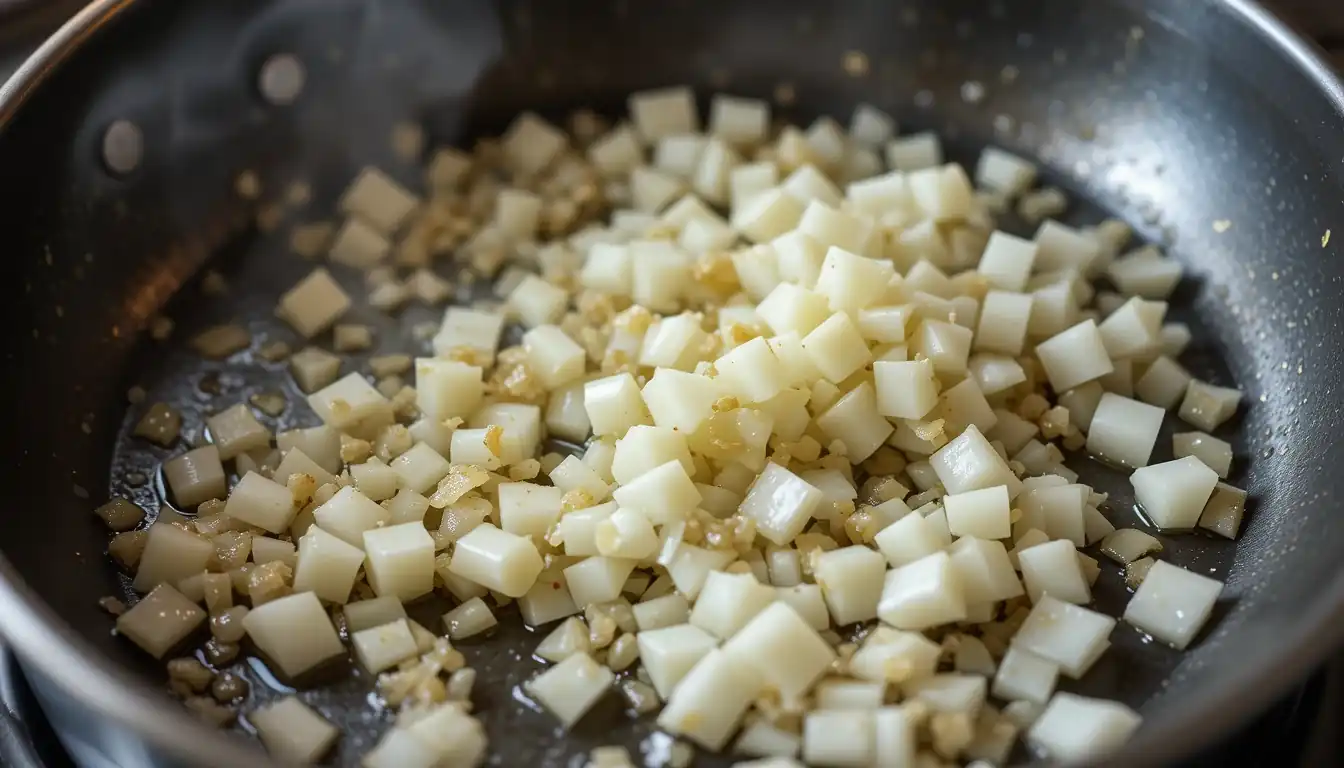
- In a separate deep pot or Korean clay pot (ttukbaegi), heat 1 tablespoon of a neutral oil (such as vegetable oil) over medium heat.
- Add the chopped onion and minced garlic. Sauté for about 2 minutes until the onion becomes translucent.
- If you’re using pork, add the thinly sliced pork now and stir-fry until it just starts to brown.
3. Add the Vegetables
- Add the chopped zucchini and potato to the pot with the aromatics. Stir well so that the vegetables are coated with the oil and flavors.
- Pour the prepared broth (with the dissolved soybean paste) into the pot over the vegetables. Bring the mixture to a gentle boil.
- Add the mushrooms if you’re using them. Allow the stew to simmer for about 5 minutes, or until the vegetables start to soften.
4. Incorporate the Tofu and Final Ingredients
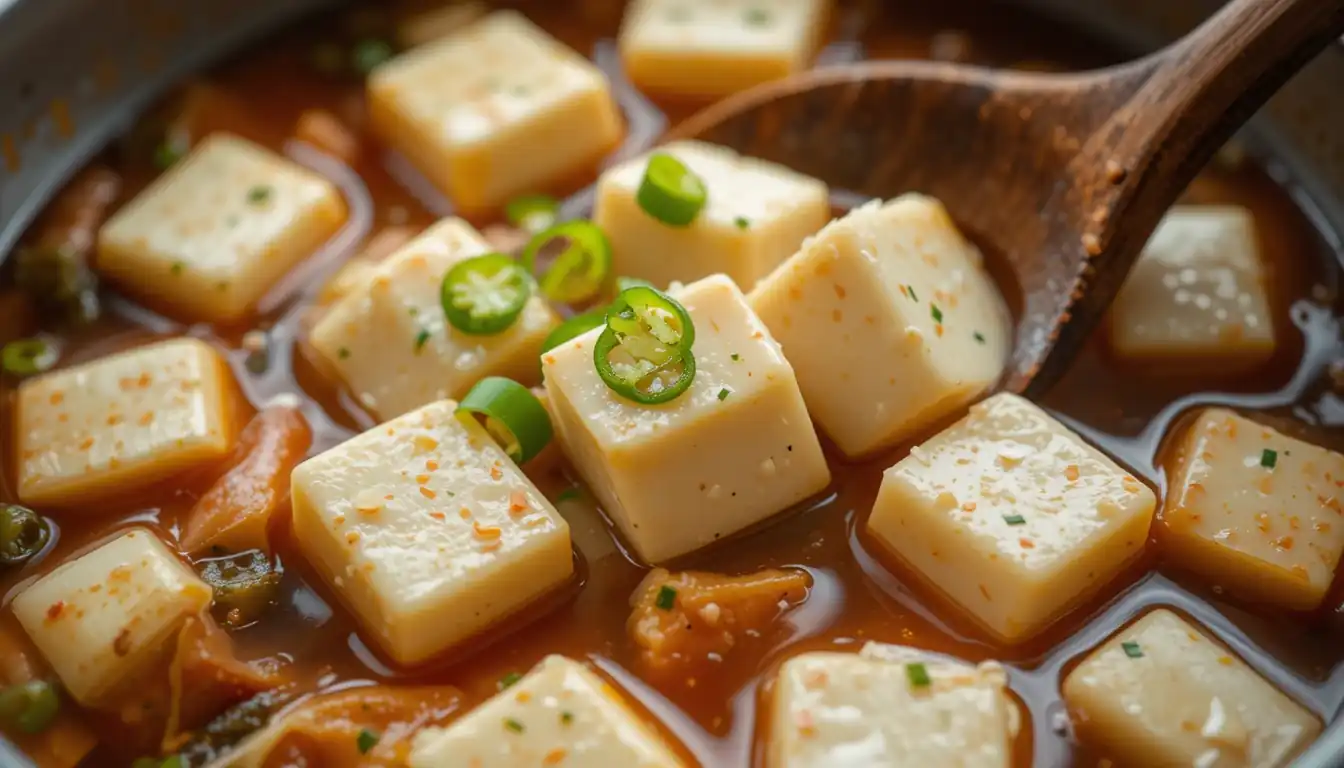
- Gently add the cubed tofu to the simmering stew. Try not to stir too vigorously so the tofu holds its shape.
- Toss in the green chili pepper slices.
- Let the stew simmer for an additional 3–5 minutes. This allows the tofu to warm through and soak up the savory broth.
- Taste the stew and adjust the seasoning if needed. If it is too salty, add a little water. If you prefer a touch more heat, sprinkle in a few extra chili flakes.
5. Garnish and Serve
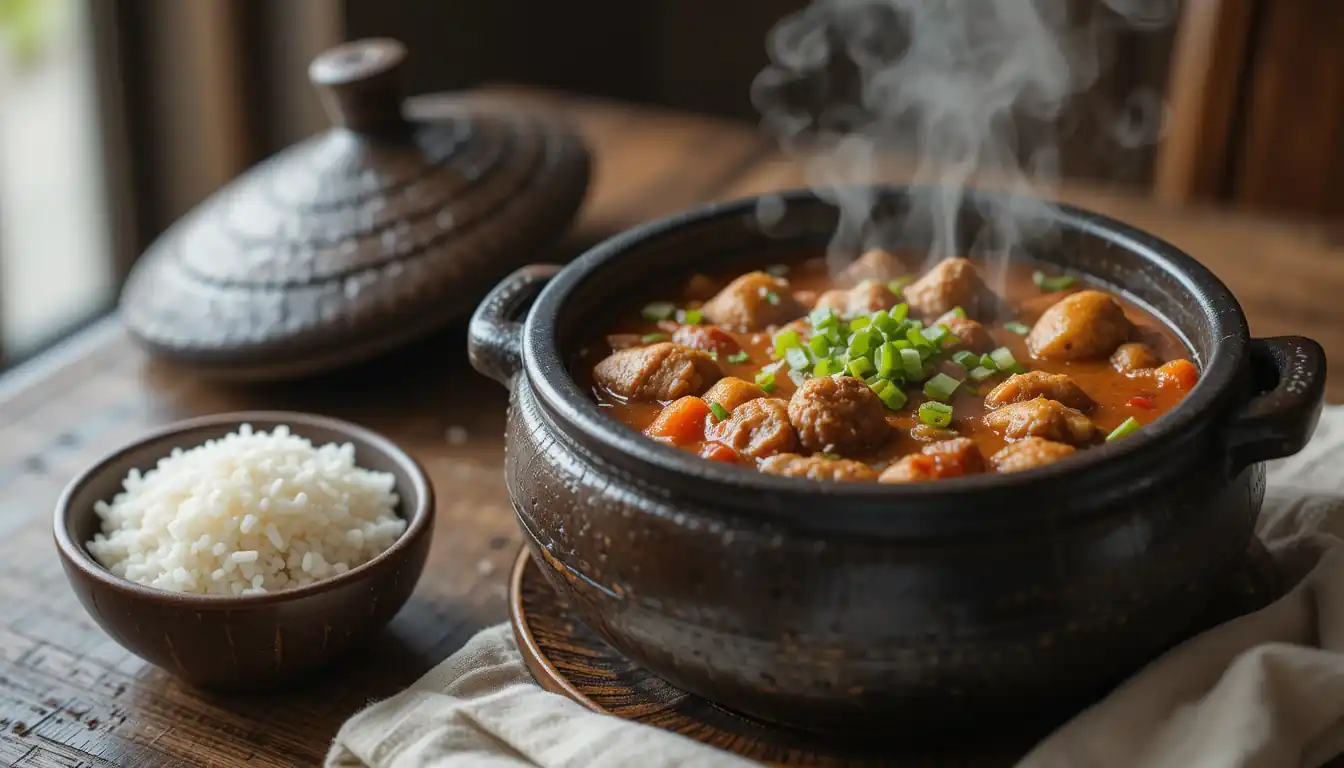
- Once the stew is ready, turn off the heat.
- Garnish with freshly chopped green onions.
- Serve the Korean Doenjang Jjigae hot in a rustic bowl or directly from a ttukbaegi. Enjoy it with a side of steamed rice and, if desired, traditional Korean banchan (side dishes) like kimchi.
Tips for the Perfect Korean Doenjang Jjigae
Use the Right Doenjang
- Quality Matters:
The flavor of your stew depends heavily on the quality of the doenjang. Look for a well-aged, dark doenjang for a deeper and richer flavor. Some Korean markets offer varieties that are 100 days or more fermented.
Adjusting the Heat
- Customize the Spice Level:
The amount of gochujang and gochugaru can be adjusted to your taste. If you’re new to spicy food, start with less and increase it gradually.
Stock Secrets
- Rice Water Advantage:
Instead of plain water, using rice water (the milky water from rinsing rice) gives the stew a slightly thicker and more robust flavor. Alternatively, making a simple anchovy and kelp stock adds extra umami depth.
Cooking Vessels
- Clay Pot Benefits:
For an authentic touch, cook your stew in a Korean clay pot (ttukbaegi). This type of pot retains heat well and keeps the stew bubbling when it’s served. If you don’t have one, a regular heavy-bottomed pot will work just fine.
Frequently Asked Questions (FAQs)
Can I Make Korean Doenjang Jjigae Without Meat?
Absolutely! Korean Doenjang Jjigae is highly versatile. You can omit the pork or any meat entirely to create a fully vegetarian version. Simply add more vegetables like radish, mushrooms, or even leafy greens for a hearty meal.
What Can I Use if I Don’t Have Rice Water?
If you don’t have rice water, you can substitute with plain water or prepare a simple stock using dried anchovies and kelp. The key is to create a flavorful base for the stew.
How Spicy Is This Stew?
The level of spiciness can be controlled by the amount of gochujang and gochugaru you add. If you’re sensitive to heat, start with less chili paste and flakes, and adjust as you go. You can always add more if desired.
Can I Store Leftovers?
Yes, Korean Doenjang Jjigae keeps well in the refrigerator for up to 4 days. The flavors often deepen overnight. If the stew becomes too thick or salty after storage, simply add a bit of water when reheating.
What Side Dishes Pair Best with It?
Traditionally, Korean Doenjang Jjigae is served with steamed rice and a variety of banchan, such as kimchi, seasoned spinach, or pickled radish. These sides complement the rich, savory flavors of the stew.
Variations and Personal Touches
Korean Doenjang Jjigae is a recipe that welcomes creativity. Here are some ideas to make the dish your own:
- Add Seafood:
Try adding clams or shrimp for a seafood twist. If using seafood, add them during the final simmer so they don’t overcook. - Mix Up the Vegetables:
Beyond zucchini and potato, you can include radish, mushrooms, spinach, or even Napa cabbage. Each vegetable brings a unique texture and flavor. - Extra Protein Options:
If you prefer a meatier version, thinly sliced beef or pork work wonderfully. Marinate the meat briefly in a little soy sauce and garlic for extra flavor before adding it to the stew. - Herbs and Garnishes:
Top your stew with a drizzle of toasted sesame oil or a sprinkle of sesame seeds. Fresh cilantro or a squeeze of lemon can also brighten the flavors just before serving.
Final Thoughts
Korean Doenjang Jjigae is more than just a stew—it is a warm embrace in a bowl. Its rich flavors, simple ingredients, and comforting warmth make it a perfect dish to share with family and friends. Whether you’re a seasoned cook or a beginner in Korean cuisine, this recipe is straightforward and adaptable to your taste.
Remember, the key to a great Korean Doenjang Jjigae lies in the quality of the doenjang and the care you take when preparing your broth. Experiment with different ingredients and find the balance that best suits your palate. Enjoy the process, and soon you’ll have a signature stew that warms both your heart and your home.
Happy cooking, and enjoy your delicious bowl of Korean Doenjang Jjigae!
Recipe Card
Amazing Korean Doenjang Jjigae: Ultimate Comfort Stew
Course: Soup, StewCuisine: Korean4
servings10
minutes20
minutes200
kcal30
minutesA hearty, authentic Korean stew made with fermented soybean paste (doenjang), silky tofu, and fresh vegetables. Perfect for warming up on a chilly day!
Ingredients
- Broth:
3 cups rice water (or anchovy stock)
- Stew:
3–4 tablespoons doenjang (fermented soybean paste)
1 tablespoon gochujang (optional, for a hint of sweetness and spice)
1 teaspoon gochugaru (optional, for extra heat)
3–4 cloves garlic, minced
1 medium onion, chopped
1 small zucchini, cut into ½-inch pieces
1 small potato, cubed (optional for added heartiness)
1 block tofu (medium-firm or soft), cut into 1-inch cubes
1 cup mushrooms (optional, sliced)
1 green chili pepper, thinly sliced (adjust to taste)
2 green onions, chopped (for garnish)
3–4 ounces thinly sliced pork (optional for non-vegetarian version)
Directions
- Prepare the Broth: In a pot, combine 3 cups rice water (or pre-made anchovy stock) with 3–4 tablespoons of doenjang. Stir until the paste dissolves completely. Add 1 tablespoon gochujang and 1 teaspoon gochugaru (if using) to enhance depth.
- Sauté Aromatics: In a stone pot or deep pan, heat 1 tablespoon oil over medium heat. Add the chopped onion and minced garlic; sauté for about 2 minutes until the onion becomes translucent.
- (If using pork, add the thinly sliced pork now and stir-fry until lightly browned.)
- Add Vegetables: Add the zucchini, potato, and mushrooms to the pot. Pour in the prepared broth and bring the mixture to a gentle simmer. Let cook for about 5 minutes until the vegetables start to soften.
- Incorporate Tofu and Chili: Gently add the tofu cubes and sliced green chili pepper. Allow the stew to simmer for an additional 3–5 minutes, so the tofu warms through and absorbs the flavors.
- Garnish & Serve: Taste and adjust the seasoning if necessary. Remove from heat and garnish with chopped green onions. Serve hot with steamed rice and traditional Korean side dishes.
By following this guide, you now have everything you need to create an authentic and satisfying Korean Doenjang Jjigae at home. Don’t forget to share your version on social media using the hashtag #KoreanDoenjangJjigae and let others know how you made this comforting stew your own.

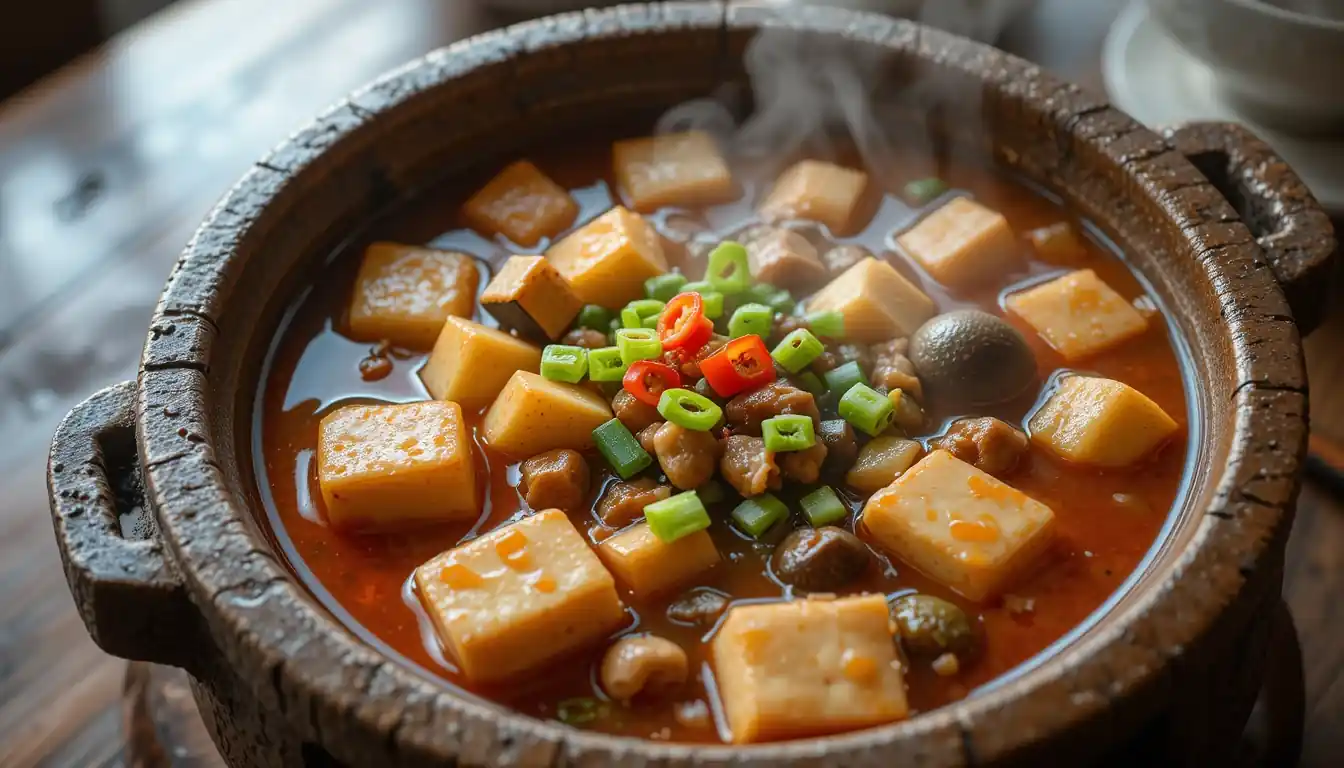
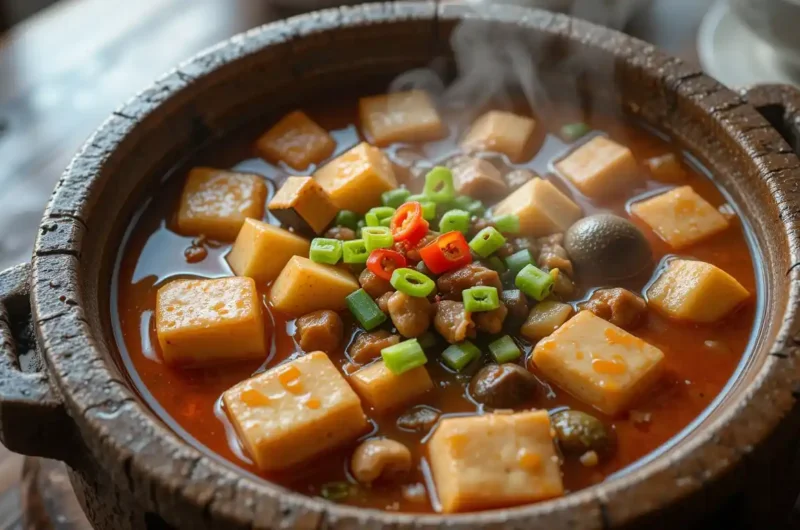
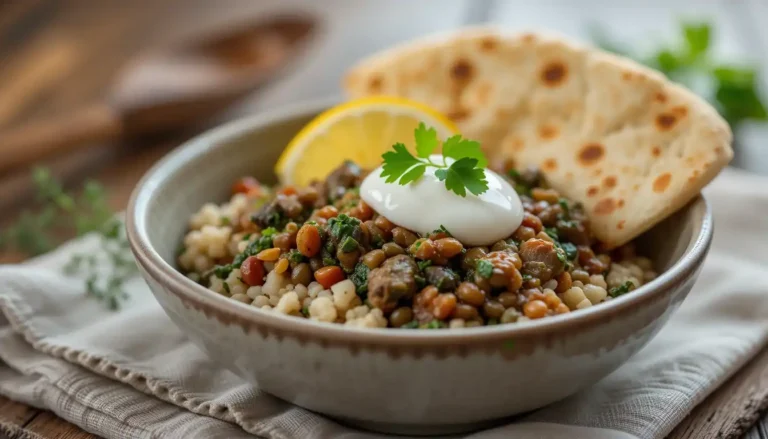
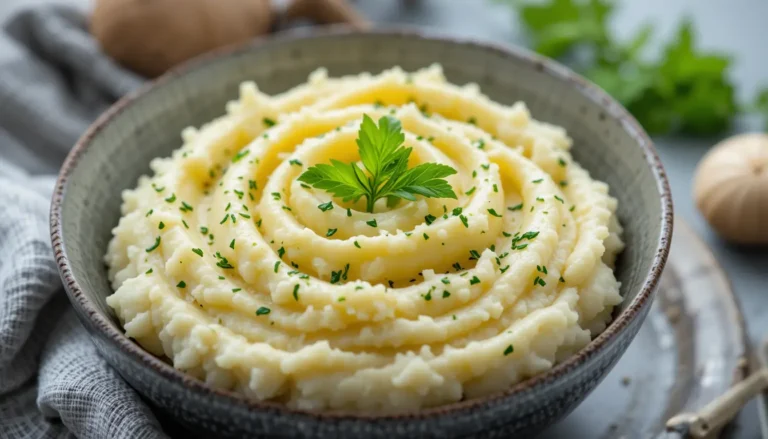
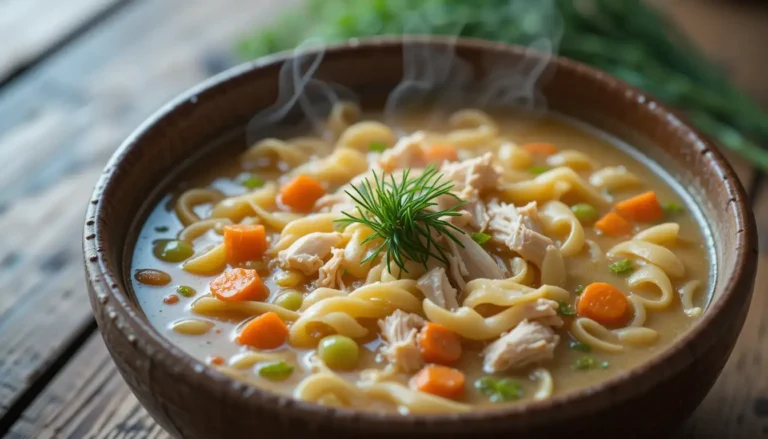


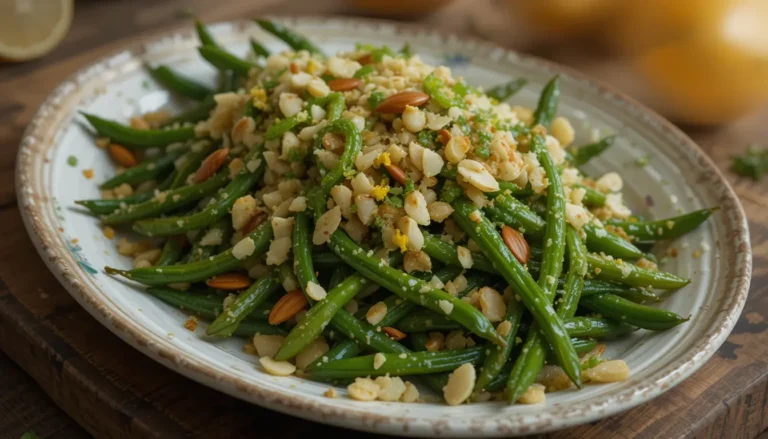
Hi Dear, are you actually visiting this site regularly, if so then you will absolutely get nice know-how.